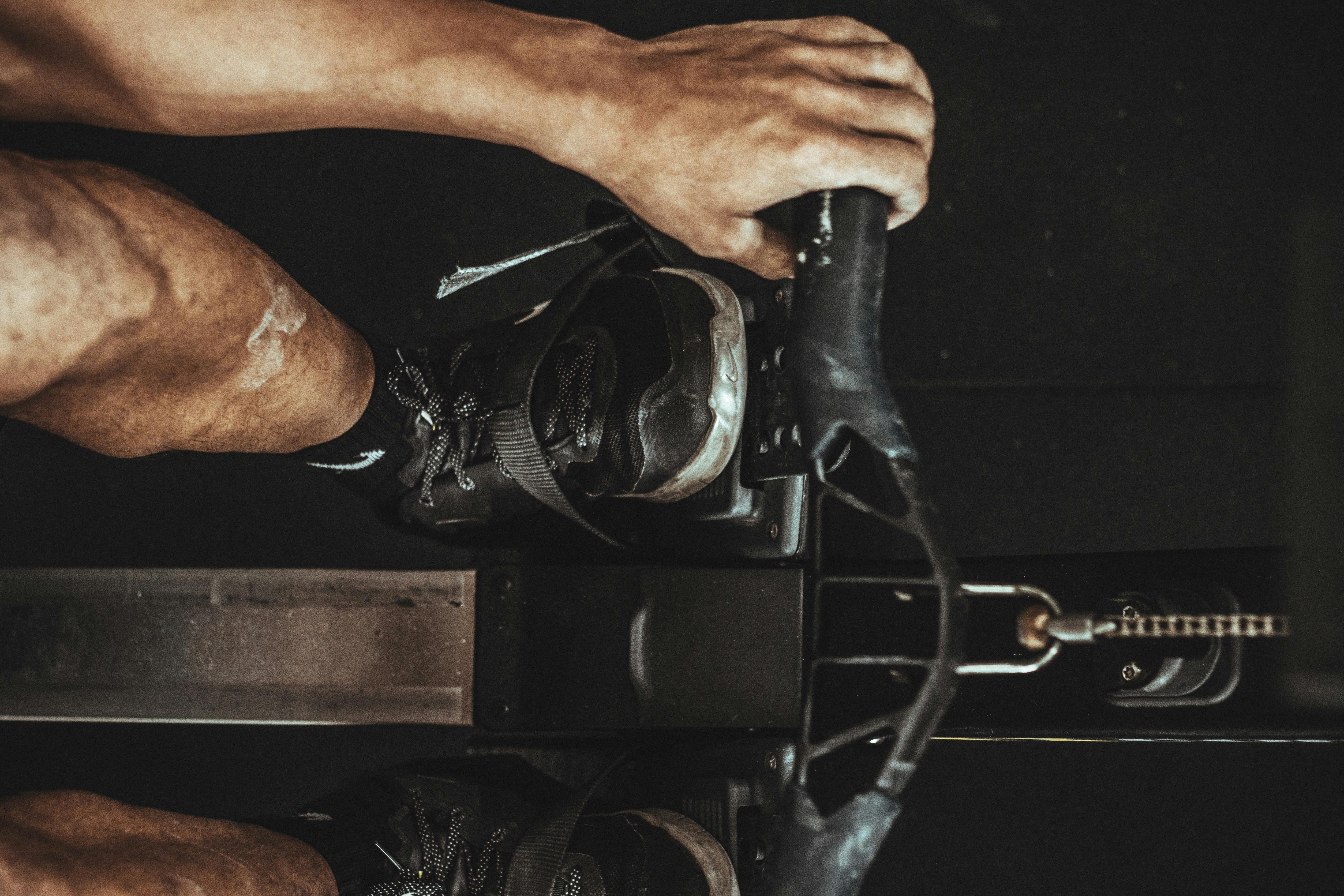What are the best shoes for weightlifting?

Choosing the right footwear for weightlifting is crucial for performance, safety, and gym progress. While you will have personal preferences, there are some general considerations to follow to ensure you find the most suitable shoes for your sessions.
Heel height
One of the defining characteristics of weightlifting shoes is their elevated heel. Usually, this heel measures between half an inch to one inch (1.2 - 2.5 cm), and makes it easier to squat if you have limited ankle mobility. With an elevated heel, lifters can achieve a deeper squat.
However, for movements like deadlifting, a flatter shoe with no heel is much preferred. A flat shoe enables you to feel the ground more easily and grip it with your toes and you lift a heavy barbell off the ground.
Stability and support
Weightlifting requires a stable and supportive shoe to promote proper weight distribution and biomechanics, and prevent injuries. The best weightlifting shoes will be those that have a wider, flatter outsole that offers a solid foundation.
Extra stability and support is vital for heavier lifts, like barbell squats, deadlifts, and lunges. You will need to make sure you choose shoes that enable you to keep your foot neutral and steady during these lifts in particular, although stability is important for any type of weightlifting movement.
Straps or laces
Many weightlifting shoes are equipped with straps or laces, and some have a combination of both. These fastenings enable you to make the shoe tighter or looser to promote extra comfort, stability and security. They lock the foot in place, preventing slippage during dynamic movements.
A secure fit is essential for maintaining control and stability, especially when lifting heavy weights. Straps or laces allow you to customize the tightness of your shoe for your specific needs during weightlifting workouts.